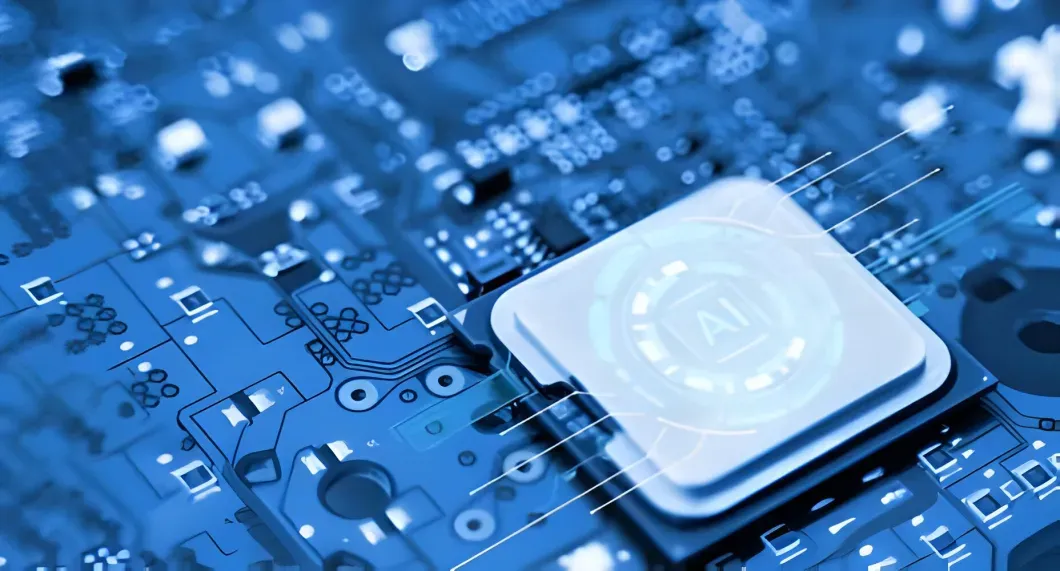How to Choose the Right GPU for Finetuning LLMs?

When fine-tuning Large Language Models (LLMs), selecting the right Graphics Processing Unit (GPU) is crucial. The ideal GPU can make or break the performance of your LLM fine-tuning tasks. Not only does it impact the performance you’ll get, but it will also decide how much you’ll be spending during the finetuning job.
Most developers don’t have the expertise to choose the right GPU. Based on our general observation, almost 80% of developers are overspending by choosing the wrong GPU. So, the question arises, how to choose the right GPU for fine-tuning LLMs?
In this comprehensive guide, we'll teach you how to choose the right GPU for finetuning LLM models. Let’s dive in.
Importance of Choosing the Right GPU For LLM Finetuning
Before we learn about GPU selection, it's essential to understand the nature of large language models.
Large Language Models (LLMs), such as the widely recognized Generative Pre-trained Transformers (GPT) series developed by OpenAI, have revolutionized the field of natural language processing (NLP).
These models can perform diverse tasks including text generation, translation, and summarization, thanks to their deep learning architectures that learn from vast amounts of text data.
The open-source community has also caught up with the rapid improvements by releasing State-of-the-art LLMs such as Mixtral 8x7B and Llama series models which can outcompete GPT models on many open benchmarks for LLM evaluations.
The chart below displays the gap closing between open-source and closed-source models:
Source: Chatbot Arena (https://chat.lmsys.org/)
However, this benchmark may not reveal the complete picture. A lot of the time you’d have to fine-tune LLMs on domain-specific tasks such as summarization, classification, code generation, and much more to achieve better quality results optimized for your business needs.
Fine-tuning LLMs involves adjusting pre-trained LLMs on specific datasets to enhance performance for specialized tasks. Fine-tuning can be done on both CPUs and GPUs. GPUs tend to be 10-100x faster because of their parallel processing architecture.
GPUs differ based on the amount of vRAM (memory), CUDA cores, per-core performance, and electricity consumed. All of these factors contribute to deciding the right GPU for fine-tuning an LLM of your choice. For example, if you were to fine-tune Mistral 7B model then it may not fit in a 16GB GPU for fine-tuning process but it would work easily on a 24GB GPU Card. Let’s do a deep dive into these factors below.
Factors to Consider When Choosing a GPU
Here’s a breakdown of all the factors you must consider when choosing a GPU.
- Processing Power and Speed
Processing power and speed are crucial when selecting a GPU for finetuning LLM. This means you should choose GPUs with high core counts and clock speeds to expedite training and inference tasks efficiently.
- Memory Capacity
The memory of the GPU plays a crucial role in handling large datasets during training. Opt for GPUs with ample VRAM (Video Random Access Memory) to accommodate the memory-intensive operations of LLM models effectively.
- Tensor Cores
Tensor cores are specialized processing units designed for accelerating tensor operations, commonly used in deep learning tasks.
GPUs equipped with tensor cores can significantly accelerate training times for LLM models, making them a valuable asset for researchers and practitioners.
- Compatibility and Driver Support
Ensure compatibility with your preferred deep learning framework, such as TensorFlow or PyTorch, and verify adequate driver support for seamless integration into your workflow.
- Cooling and Thermal Management
Efficient cooling is essential to maintain optimal GPU performance during prolonged training sessions. Look for GPUs equipped with robust cooling solutions to prevent thermal throttling and ensure consistent performance.
- Power Consumption
Consider the power consumption of the GPU, especially for long-term usage scenarios. Opt for energy-efficient models to minimize operating costs and environmental impact without compromising performance.
- Price-Performance Ratio
You should aim to strike a balance between performance and affordability by evaluating the price-performance ratio of different GPU models. Find GPUs that offer the best combination of performance, features, and value within your budget constraints.
- Manufacturer Reputation and Support
Choose GPUs from reputable manufacturers known for reliability, quality, and excellent customer support. Prioritize brands with a proven track record in the deep learning community to ensure a seamless user experience and timely assistance when needed.
- Future Upgradability
If you’ll be doing finetuning regularly, you need to figure out if your GPU is future-proof. Find a GPU that offers room for expansion and compatibility with upcoming technologies to future-proof your investment.
- Environmental Considerations
Also include environmental considerations into your decision-making process by opting for energy-efficient GPUs. Choose GPUs with minimal ecological footprint, contributing to sustainability efforts in the tech industry.
Selecting the Right GPU
Choosing the perfect GPU for finetuning LLMs requires careful consideration of all the above-mentioned factors. Make sure your GPU aligns with your specific requirements and objectives.
Conduct thorough research, compare specifications, and consult expert recommendations to make an informed decision that optimizes performance and productivity.
Or, you can sign up to MonsterAPI. With MonsterAPI, you can finetune a range of LLMs without worrying about GPU requirements, or coding specifications. With MonsterTuner, you can finetune LLMs in 3 easy steps -
- Select your model
- Specify your dataset
- Review & submit
That’s all it takes to finetune an LLM with MonsterAPI.
FAQs (Frequently Asked Questions)
- What are the key components to consider when choosing a GPU?
When selecting a GPU for finetuning LLM models, carefully consider factors like processing power, memory capacity, tensor cores, compatibility, cooling, power consumption, price-performance ratio, manufacturer reputation, future upgradability, and environmental impact.
- How do tensor cores contribute to GPU performance in deep learning tasks?
Tensor cores are specialized processing units designed to accelerate tensor operations, commonly used in deep learning tasks such as matrix multiplications and convolutions. GPUs equipped with tensor cores can significantly enhance the speed and efficiency of training neural networks, including LLM models.
- How can I ensure compatibility between my chosen GPU and deep learning frameworks?
Before purchasing a GPU, verify compatibility with popular deep learning frameworks such as TensorFlow, PyTorch, and MXNet.
Check for official driver support and compatibility lists provided by the GPU manufacturer to ensure seamless integration into your preferred workflow. If that feels too complicated for you, you can skip all the trouble and finetune LLMs with MonsterTuner.
- What are the benefits of selecting a GPU from a reputable manufacturer?
GPUs from reputable manufacturers offer superior quality, reliability, and customer support, ensuring a smooth user experience and timely assistance when needed.
Prioritize brands with a strong reputation in the deep learning community to minimize potential compatibility issues and hardware failures.
- Is it advisable to prioritize energy-efficient GPUs for long-term usage?
Yes, opting for energy-efficient GPUs reduces operating costs and contributes to environmental sustainability by minimizing power consumption and carbon emissions. Consider the long-term impact of your GPU choice and choose models with high energy efficiency ratings for eco-friendly computing.
Conclusion - Choosing the Right GPU for Finetuning
Choosing the right GPU for finetuning LLM models is a crucial step in optimizing performance and productivity in natural language processing tasks.
Consider all the factors we’ve mentioned above to make an informed decision that aligns with your specific requirements and objectives. Prioritize reliability, efficiency, and future scalability to maximize the value of your investment and achieve your goals.

